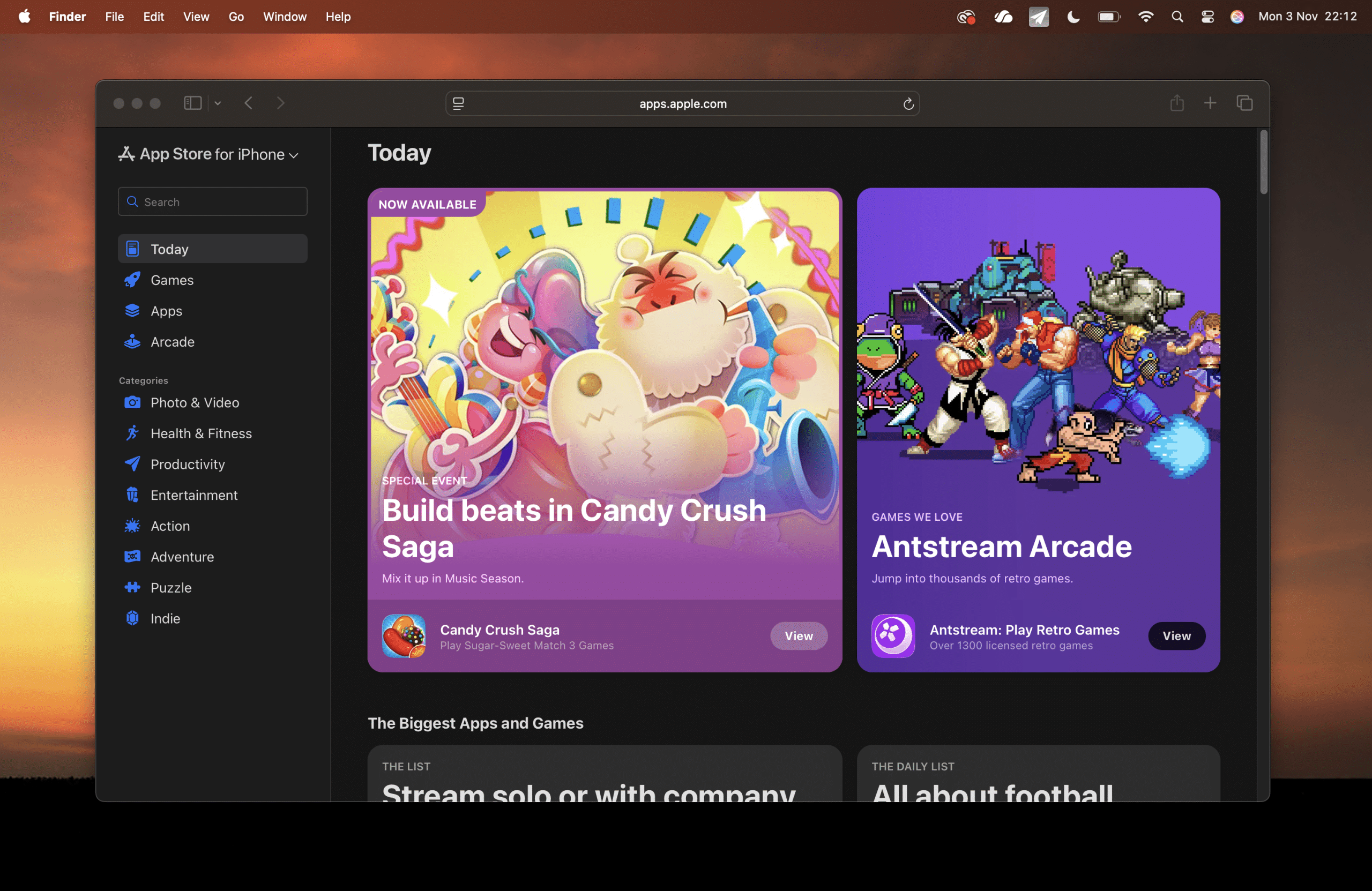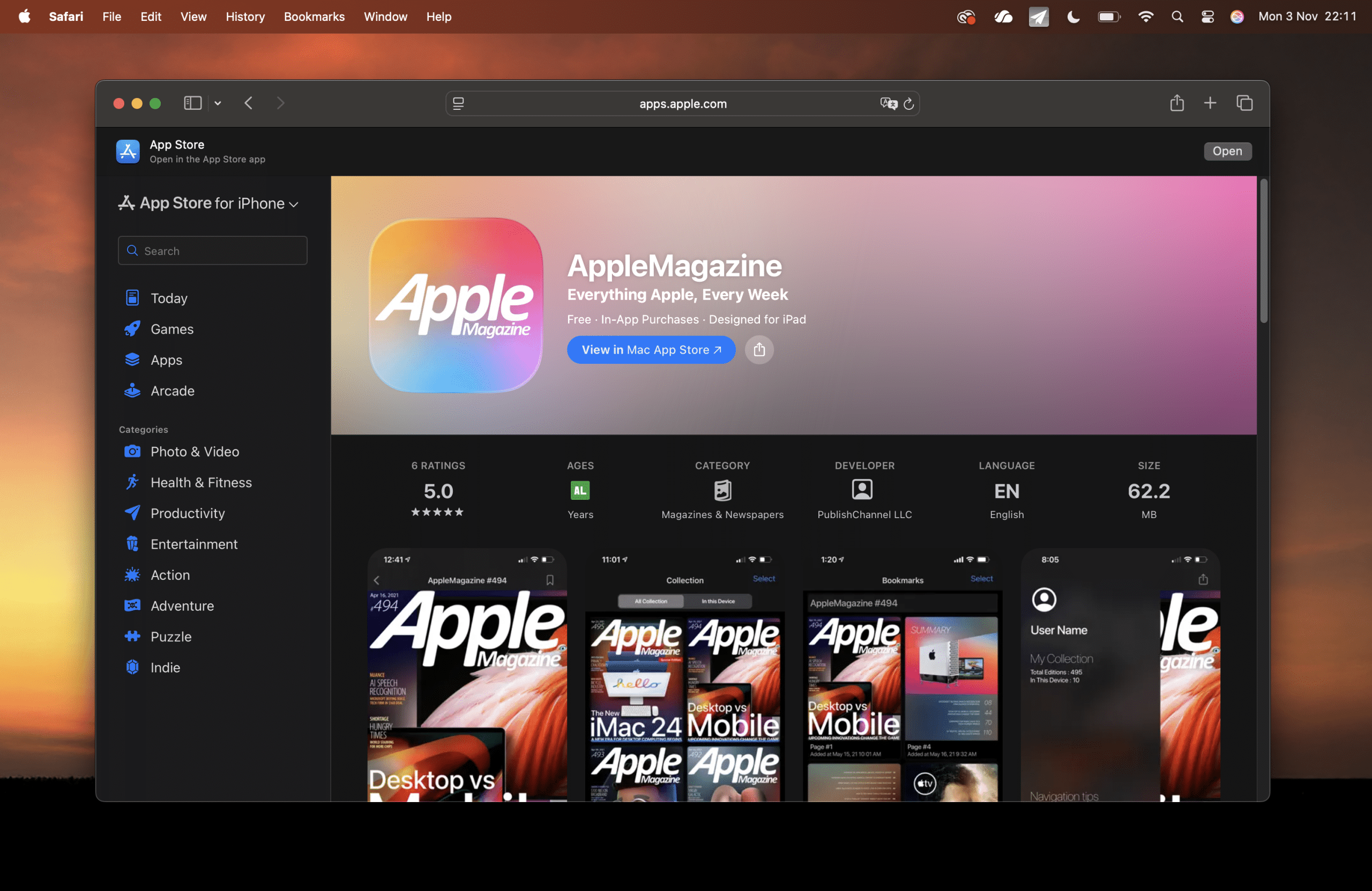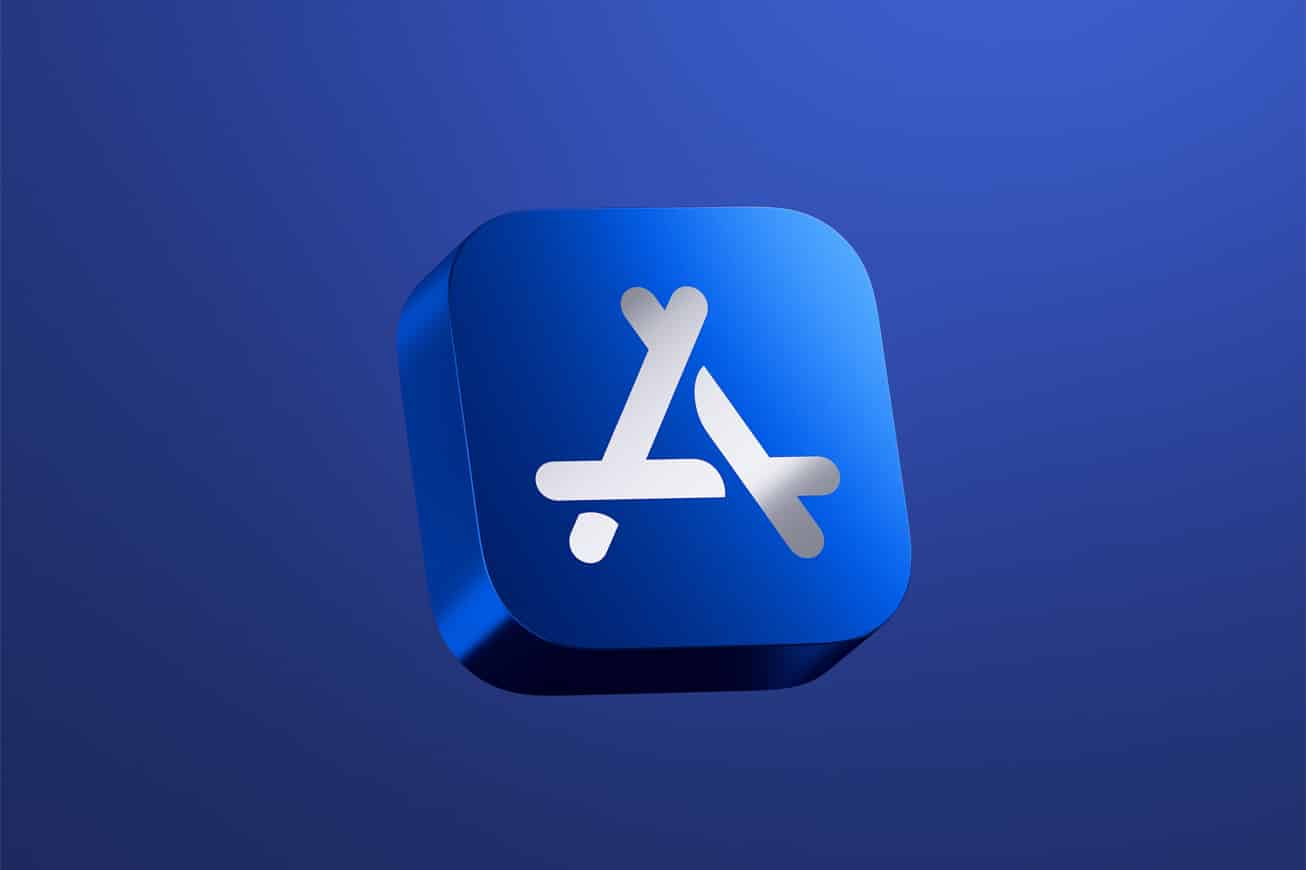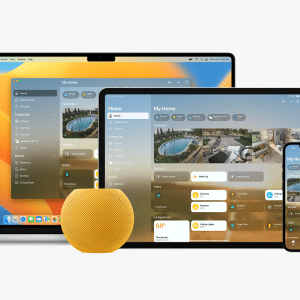Apple has officially launched a new web-based version of the App Store, expanding access to iOS and macOS apps through standard web browsers. The update enables users to browse, search, and preview apps without opening the App Store app on their devices, marking one of the most significant changes to the platform’s interface in years.
The new experience brings a unified, responsive design that adapts across devices, including Mac, iPad, iPhone, and Windows PCs. Users can now sign in with their Apple ID to download or remotely install apps directly to their registered devices, making app discovery and management more flexible across Apple’s ecosystem.
A Unified Experience Across Devices
The web-based App Store mirrors the functionality of the native iOS and macOS versions while adding improved discoverability tools. Users can view developer pages, explore curated collections, and access editorial content that was previously exclusive to the in-app experience.
Apple said the new platform was designed to make it easier for users to find apps and developers to reach new audiences. The web version also supports universal links, allowing users to share app listings more easily across social platforms and search engines.
The redesign introduces a consistent interface built using Apple’s latest web technologies, featuring dynamic previews and synchronized user reviews between the mobile and desktop stores.

Developer Accessibility and Global Reach
For developers, the web-based App Store broadens visibility to users who may not have immediate access to an Apple device. By providing browser-level access, Apple aims to streamline app discovery in regions where device penetration remains limited.
The company also emphasized how the web interface integrates with App Store Connect, giving developers real-time analytics, promotional options, and global reach without requiring native downloads.
Apple continues to emphasize its focus on quality and security within the App Store ecosystem, noting that all listings on the web version maintain the same review, privacy, and safety standards as those distributed through native platforms.
Part of a Larger Platform Strategy
The launch of the web-based App Store comes as Apple continues to expand cross-platform accessibility across its services. Earlier this year, the company introduced web versions of Apple Music and Apple TV+, and has since rolled out updates to iCloud.com with new productivity and collaboration tools.
Analysts view the move as part of Apple’s broader effort to align its ecosystem with evolving regulatory and user accessibility expectations, particularly in Europe, where digital market rules have prompted greater openness in app distribution.
By offering a browser-based App Store, Apple not only improves convenience for users but also adapts to a more diversified technology environment in which web experiences complement native applications.









